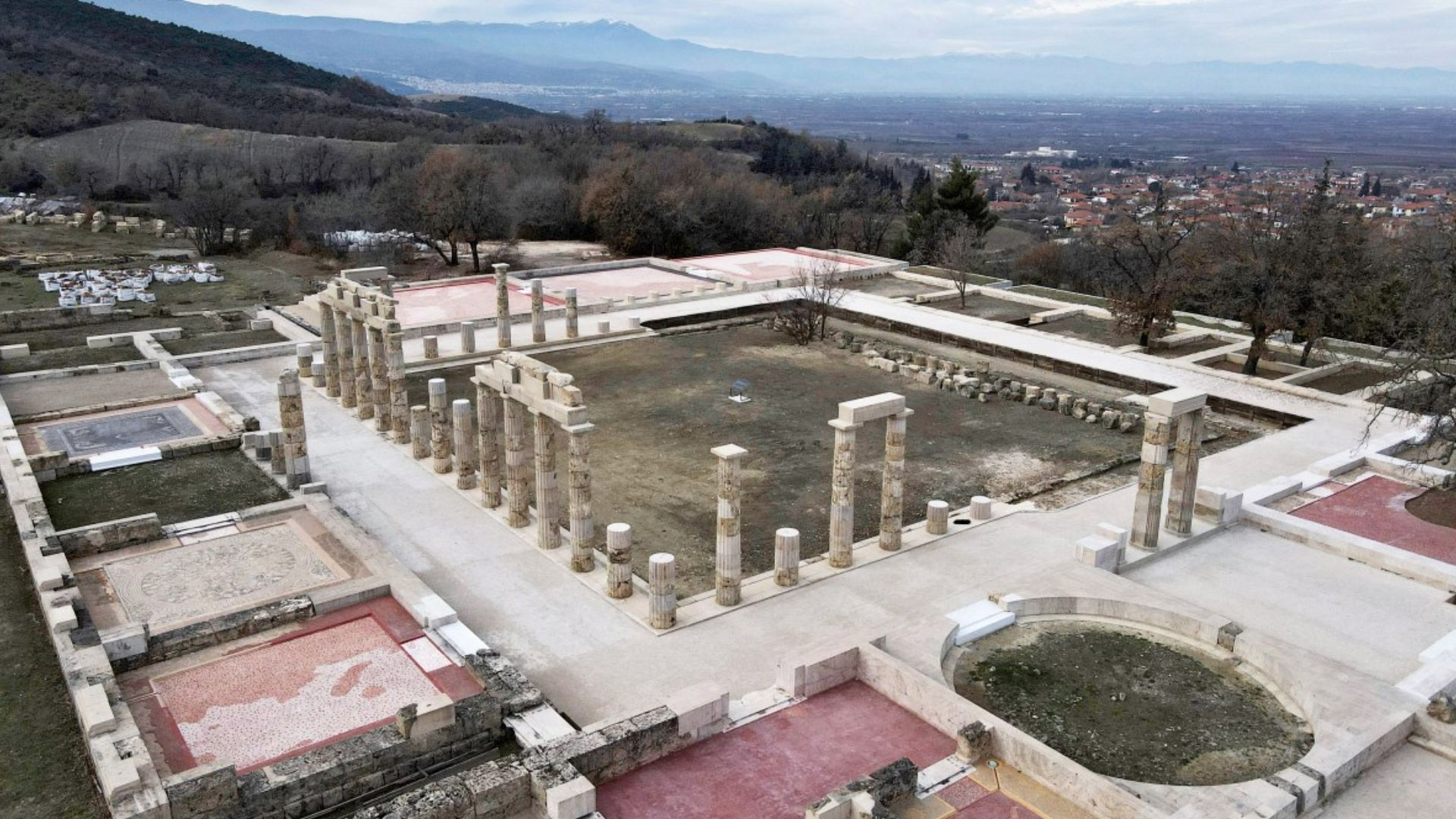A restoration of 16 years has been completed, allowing the reopening of the Palace of Aigai in Greece, a site of immense historical significance from classical antiquity.
According to BBC, the palace, where Alexander the Great was crowned king, is situated near Thessaloniki and was originally constructed over 2,300 years ago. The Romans destroyed it, but extensive excavations in the 19th Century brought it back to light.
The renovation project, totaling over €20m (£17m; $22m), was supported by the European Union. Greek Prime Minister Kyriakos Mitsotakis emphasized the global importance of the palace, characterising it a “monument of global importance.”

“The significance of such monuments becomes the heritage of the entire world,” he said. “We must highlight it, promote it, and expand the horizons revealed by each new facet.”
Constructed by Philip II, the father of Alexander the Great and the ruler of the formidable Macedonian kingdom, the palace, designated as a UNESCO World Heritage Site, stood in Aigai, located in what is now the town of Vergina, serving as its capital.
As the largest structure in classical Greece, the palace covered an expansive 15,000 square meters (160,000 square feet) and included grand banquet halls, places of worship, and courtyards within its architecture.
The Palace of Aigai is set to welcome the public once again starting this Sunday.
Source: BBC
